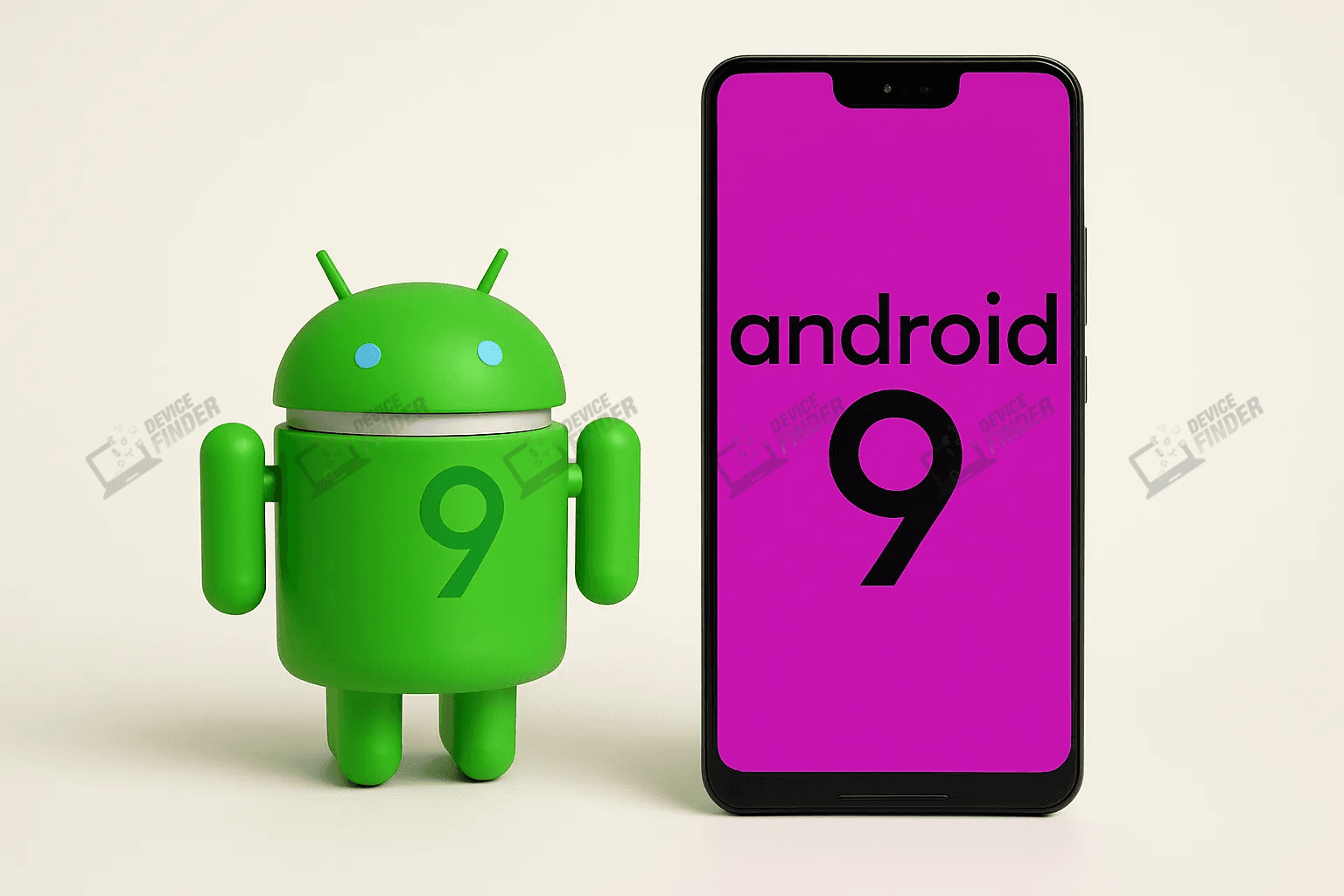
Android 9: A Milestone in Android Evolution
Android 9 marked a major turning point in the evolution of Android, introducing smarter AI-driven features, improved navigation, and enhanced privacy controls. Launched in August 2018, Android 9 focused on enhancing the user experience for both flagship and budget devices. While later versions like Android 10, Android 11, and Android 12 continued to refine these features, Android 9 laid the foundation for many of the innovations we now take for granted. In countries like Bangladesh, where mid-range and budget smartphones dominate the market, Android 9 offered practical improvements that made smartphones more responsive and efficient.
Android 9 Release Date and Availability
Google officially released Android 9 on August 6, 2018, starting with Pixel devices. Flagship phones such as the Samsung Galaxy S9/S9+ and OnePlus 6 followed shortly after, while mid-range and budget smartphones gradually received updates. In Bangladesh, most devices got Android 9 by early 2019. Users could update their phones through Settings > System > Software Update > Download and Install, ensuring stable Wi-Fi and sufficient battery. While Android 10 and Android 11 introduced additional security and privacy refinements, Android 9 was the first version to bring AI-driven battery optimization and gesture-based navigation to the mainstream.
What’s New in Android 9
Android 9 introduced Adaptive Battery and Adaptive Brightness, using AI to prioritize frequently used apps and adjust screen brightness based on usage patterns. Gesture-based navigation replaced the traditional three-button layout, offering a more modern and intuitive interface. The Digital Wellbeing dashboard allowed users to track phone usage and establish healthier smartphone habits. Android 9 also improved notifications, adding smart replies and better organization. Later versions, such as Android 12 and Android 13, expanded on these features with advanced customization and AI enhancements, but Android 9 set the stage for these innovations.
AI Features in Android 9
Android 9 was the first Android version to integrate AI across system functions. Features like App Actions predicted the user’s next steps, while Slices allowed quick access to app functionality from Google Search. These features made multitasking smoother and more efficient. In Bangladesh, AI-powered enhancements in Android 9 improved battery management and app responsiveness on budget devices, setting a benchmark that Android 14 and Android 15 would later refine with more advanced AI capabilities.
Privacy and Security Enhancements
Privacy and security were key priorities in Android 9. One-time permissions prevented apps from accessing sensitive data in the background, while encrypted backups and app restrictions ensured safer device use. In Bangladesh, where many free apps contain ads and trackers, Android 9 gave users better control over their personal data. Subsequent versions like Android 10, Android 11, and Android 16 continued to strengthen privacy measures, but Android 9 was the first to introduce such robust system-level controls.
Real-World Applications in Bangladesh
In Bangladesh, Android 9 significantly improved smartphone usability. Budget and mid-range devices ran faster, apps like bKash, Daraz, and Pathao performed more efficiently, and gaming experience improved with optimized GPU usage. Later versions, including Android 13 and Android 14, built upon these improvements, offering smoother performance, better battery optimization, and enhanced app compatibility. Android 9’s AI and usability upgrades laid the foundation for the seamless user experience found in newer Android releases.
Supported Devices in Bangladesh
Android 9 was compatible with flagship devices like the Google Pixel 2/3 series, Samsung Galaxy S9/S9+, Note 9, and OnePlus 6/6T. Mid-range phones such as Nokia 7 Plus, Xiaomi Mi A2, Vivo V11 Pro, and Oppo F9 also received updates gradually. Budget devices like Realme 1, Xiaomi Redmi Note 5 Pro, and Nokia 5.1 Plus were updated later, allowing a wider audience to enjoy Android 9’s features. While Android 10 through Android 16 added more advanced AI, foldable support, and battery management improvements, Android 9 remained a critical milestone for everyday smartphone users.
Pros and Cons of Android 9
Pros:
-
AI-powered Adaptive Battery and Brightness.
-
Gesture-based navigation.
-
Digital Wellbeing dashboard.
-
Smarter notifications with quick replies.
-
Enhanced privacy and security controls.
Cons:
-
Gesture navigation could feel confusing initially.
-
Adaptive features occasionally misjudged habits.
-
Budget devices received updates later than flagship phones.
Final Thoughts
Android 9 set the stage for all subsequent Android versions, including Android 10, Android 11, Android 12, Android 13, Android 14, Android 15, and Android 16. By introducing AI-driven battery optimization, gesture-based navigation, and improved privacy, Android 9 significantly enhanced the user experience in Bangladesh and globally. While later versions added more advanced features, Android 9 remains a landmark release that shaped the modern Android ecosystem.
Most Common FAQs About Android 9
Q1: What is Android 9?
Android 9 is the ninth major Android release, introducing AI-powered features, gesture navigation, Digital Wellbeing tools, and improved privacy controls.
Q2: When was Android 9 released in Bangladesh?
Late 2018 for flagship phones, early 2019 for mid-range and budget devices.
Q3: How is Android 9 better than Android 8 Oreo?
It added AI-driven battery management, gesture navigation, Digital Wellbeing, smarter notifications, and stronger privacy features.
Q4: Which devices in Bangladesh got Android 9 first?
Google Pixel series, Samsung Galaxy S9/S9+, and OnePlus 6 were the first devices to receive Android 9.









